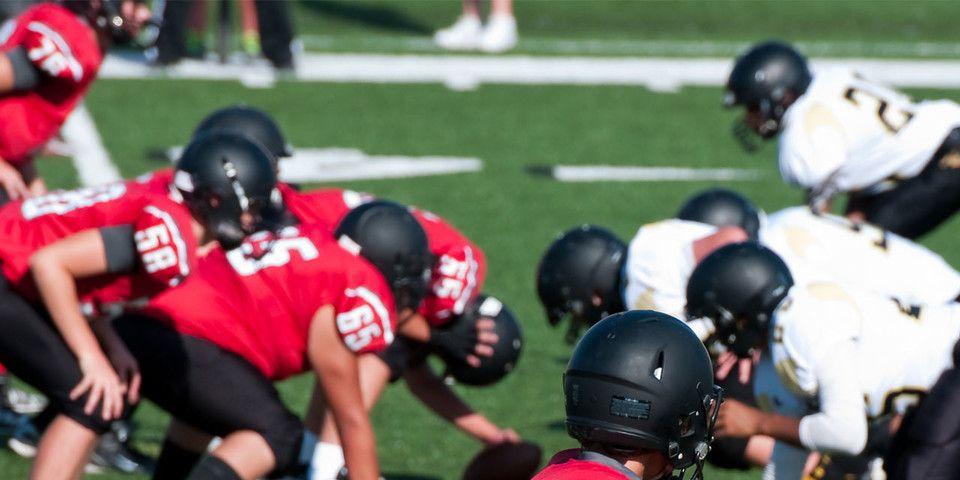Shin Splint Prevention 101 For Athletes
Proper footwear, gradual activity buildup, cross-training, rest, and compression can help to prevent and treat shin splints.
A serious, committed athlete likes to believe that nothing could keep them from being active. Anyone who has experienced shin splints, though, knows that this, unfortunately, is not the case. If there’s one thing that can keep an athlete off the field, track, or court--it’s shin splints.
What exactly are shin splints? And how can an athlete maintain good shin splint prevention habits?
Let’s begin with the first question. Common in athletes and active persons, shin splints refer to pain that develops along the inner edge of the shinbone after muscle and bone tissue become overworked and stressed. They are frequently associated with running activity and generally arise after serious physical activity has been performed.
Five Shin Splint Prevention Tips
People experiencing shin splints will likely experience some classic symptoms. Tenderness, soreness, and pain that runs along the inner side of the shinbone is the most common symptom. Swelling in the lower leg is also typical. These symptoms may initially only be experienced during or immediately after exercise. Without proper shin splint prevention actions, though, these symptoms will likely become persistent and could even lead to a stress fracture.
Athletes experiencing these symptoms likely have a lot of questions: Can you still workout with shin splints? How to prevent shin splints when walking? Most importantly, what effective shin splint prevention measures can be taken? These five tips will help you to prevent and treat these troublesome injuries.
-
Pick the right shoes.
Wearing incorrect shoes during athletic activity can increase stress to your shinbone and the connective muscles and ligaments that surround it. The first step to making sure your shoes are properly-suited and will not cause or exacerbate splints is to only wear shoes designed for your particular activity. In other words, don’t distance run in basketball shoes or play soccer in sandals. The next step is to determine your foot shape and pattern. If you have flat feet or high arches, wearing supportive shoes that accommodate your foot shape is important for shin splint prevention. -
Increase your fitness level gradually.
A sudden increase in the duration, frequency, or intensity of athletic activity is one of the leading causes of shin splints. Increasing your fitness level gradually allows muscles and ligaments to strengthen and reduces the risk of splints. If splints have already developed, shin splints strength training may help. -
Cross-train
Cross-training is a particularly important preventative measure for runners. Any type of intense, high-impact activity that is repeated frequently over time is likely to cause exaggerated stress on the shinbone. Switching your activity can make a great difference. If you’re a runner, consider interspersing your running training with biking, swimming, elliptical trainers, and other cross-training activities. -
Shin splints RICE (Rest, Icing, Compression, Elevation)
Have you begun to notice the painful symptoms of shin splints? An important element of shin splint prevention is catching symptoms early and treating them before stress reactions or stress fractures can develop. To treat early-stage splints (or prevent splint development), a regimen of rest, icing, compression, and elevation of the affected legs can help to heal tissues. -
Compression and Orthotic Devices
Using compression devices to heal early-stage shin splints can help to prevent further damage. Try compressing your leg with a shin splint sleeve, shin splint tape, or a compressive bandage. Likewise, orthotic devices and inserts can help to stabilize and support your feet and legs and prevent splints from occurring.
Taking these shin splint prevention measures can make a major difference in preventing the damage and painful symptoms of shin splints. If serious splints do occur or symptoms persist, it is crucial that you visit a doctor or specialist for treatment. The specialists at Rothman Orthopaedic Institute specialize in treating sports injuries and have extensive experience working with shin splints. To learn more or schedule an examination, visit us here or contact us at 1-800-321-9999.
Related Specialties
Related Conditions
Related Treatments
Related Programs
-

Injury Prevention Program
The Injury Prevention Program at the Rothman Orthopaedic Institute is dedicated to the prevention of injuries from athletic participation, particularly youth sports.Read More




